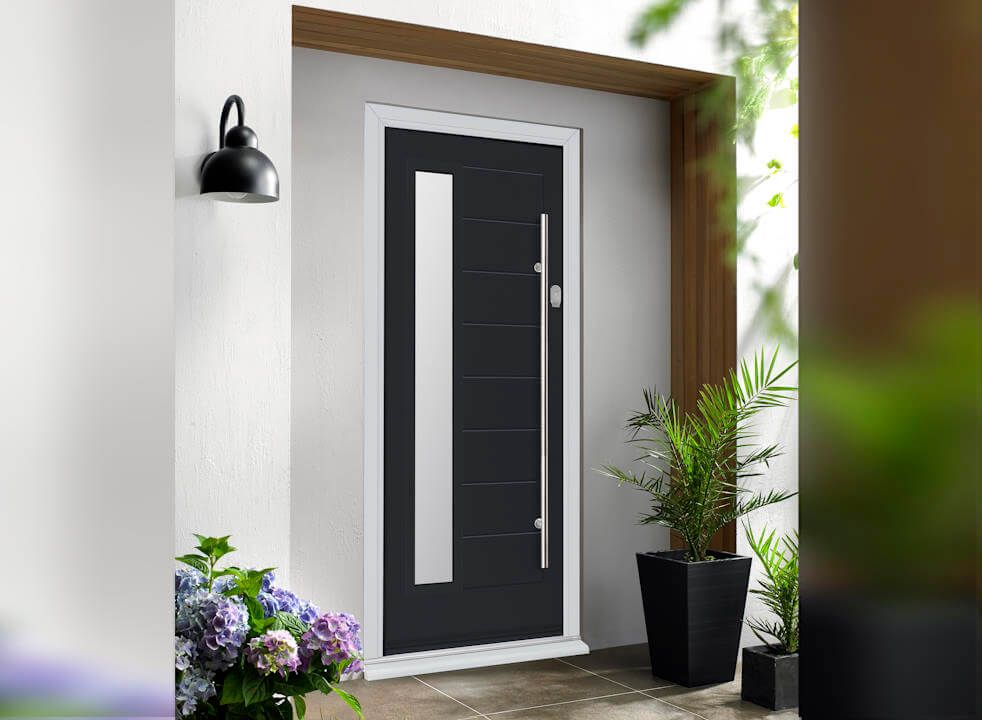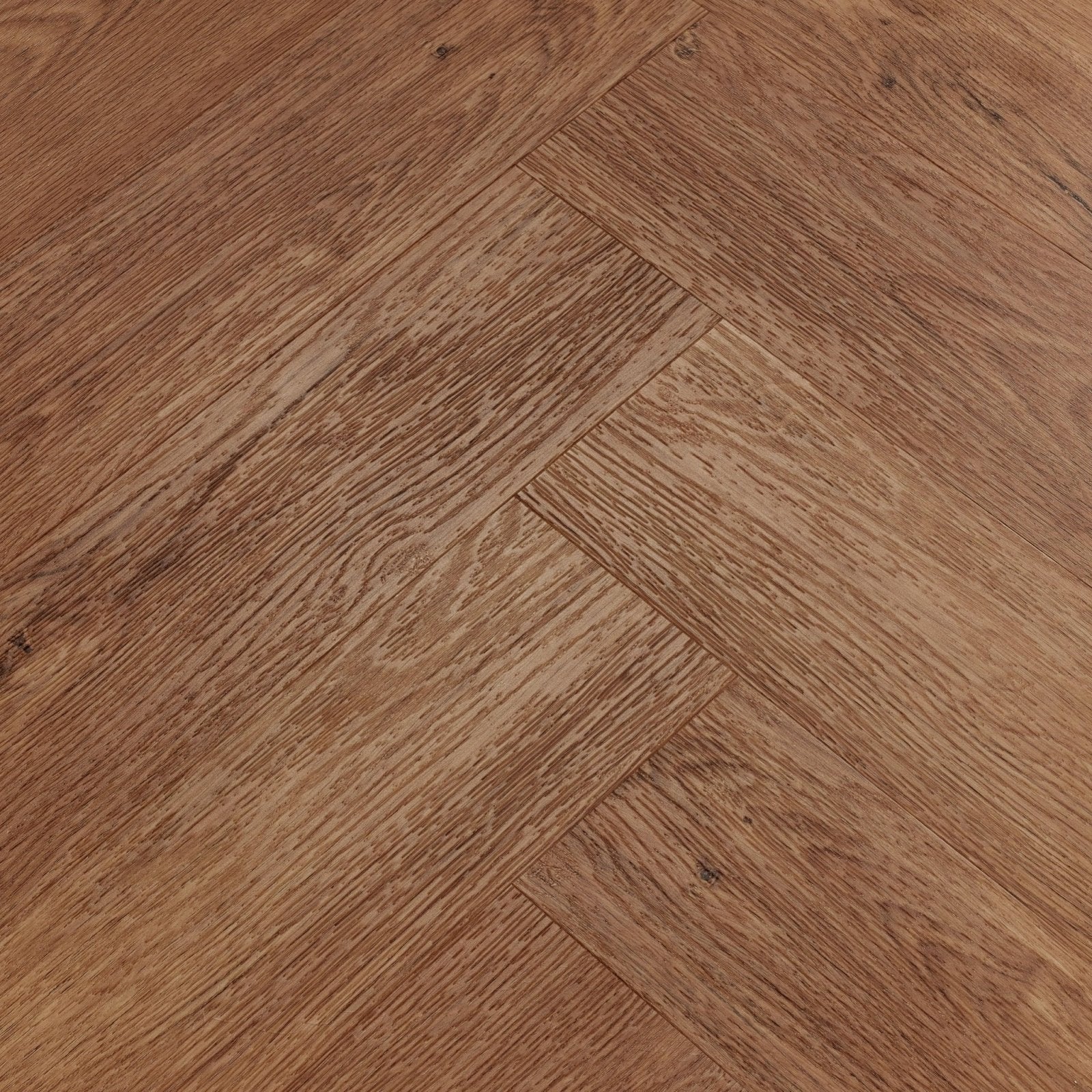Renovating a new build home that's lacking in character? Don't worry, it is possible to turn a blank canvas into a home and I know, because I did it
While new build homes have benefits, they can also be fairly generic and a little low on features. We explore how to give one a generous helping of personality

While renovating a house that's older brings with it a series of challenges, renovating a new build isn't always as easy as it seems.
Why? Because although older homes can have structural issues, or problems such as damp, they generally come with a host of period features and a hefty dose of character. New builds on the other hand are usually designed to a set formula, feature boxy shaped rooms and lack what you could perhaps describe as a 'soul'.
So what can you do if you're facing the task of resuscitating a new build to bring it back to life? I took on the challenge a few years ago and it worked. So here's what I, along with industry experts suggest you do to create a new build that feels like home.
1. Start by identifying existing or potential features
Depending on the age of your 'new build', the chances are it will have been constructed by a major housebuilder with a fairly similar formula. Broken plan layout, uPVC double glazed windows, boxy rooms and essential kitchen and bathrooms, but very little more.
But, rather than thinking about what it doesn't have, try and start the process by thinking about what it does have, suggests Emma Deterding, founder and creative director of Kelling Designs.
"The best way to counter the problem of a lack of features is always to see what's available. If you have windows with great views, these themselves are a great feature that you should make the most of," she states.
"Use them as the focal point to allow your eye to be drawn out the views, making the rooms feel larger and more spacious. They will also help to bring in good natural light, which is invaluable," says Emma.
Bring your dream home to life with expert advice, how to guides and design inspiration. Sign up for our newsletter and get two free tickets to a Homebuilding & Renovating Show near you.
It's certainly the approach I took when I found myself buying a 'new build' home, had been built by a major developer around 15 years prior. While it wasn't my 'forever' or dream home, when you viewed it through the right lens, it had potential. Located at the top of an estate that had been built on a hill, it had sweeping views to the valleys beyond, the right number of generously sized rooms and scope to make changes.
The next most important step? Think carefully about the layout, as the good news is, what you see isn't always what you have to live with.

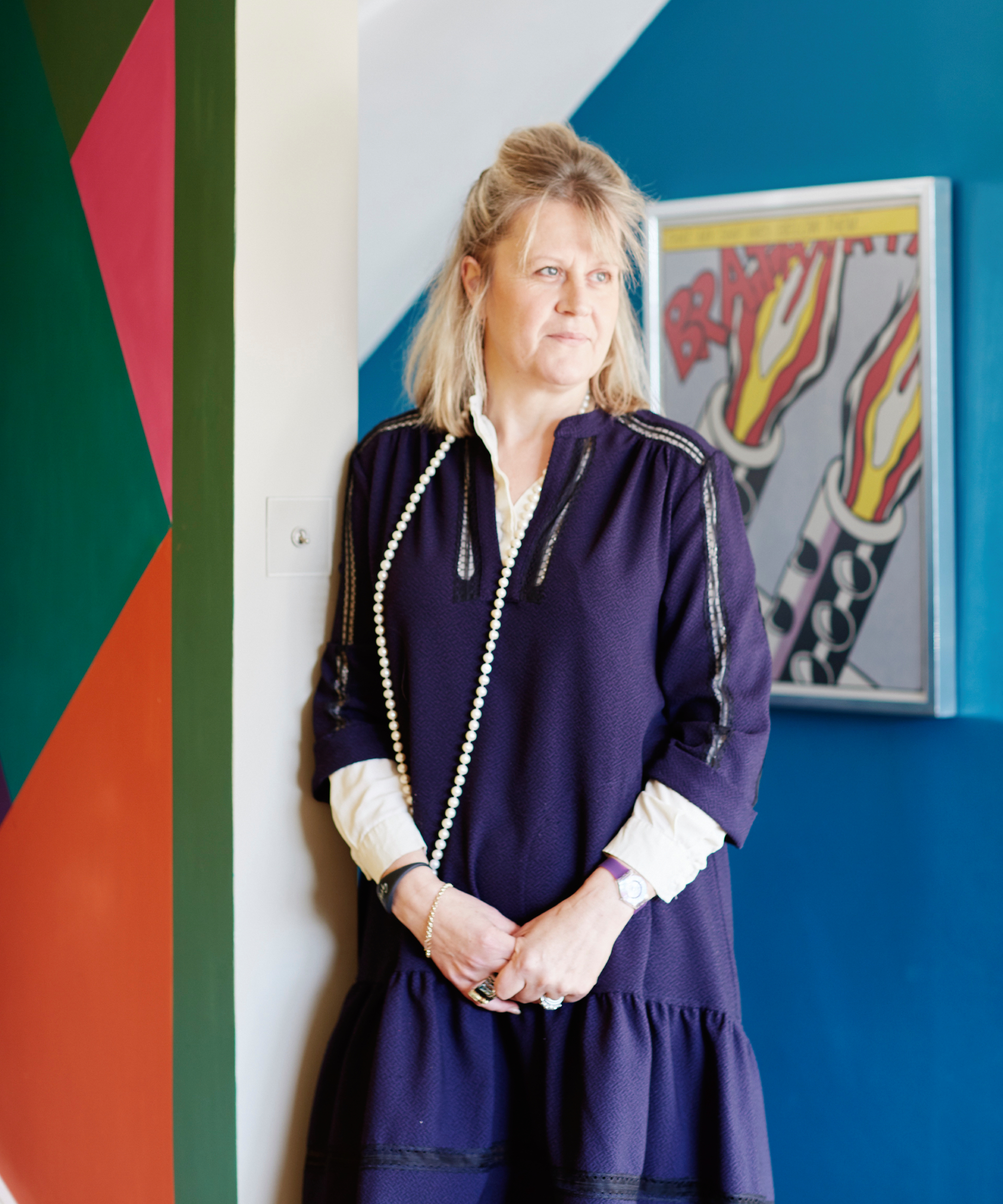
Emma Deterding is a leading interior designer who has been named among the top 100 in the world. With over twenty-five years of experience, Emma has honed her ability to offer well thought-out schemes that turn her clients' homes into beautifully designed and practical places.
2. Change the layout if it doesn't work for you
Having spent the previous 10 years living in a number of different properties that all had an open plan layout, it was hard to imagine living in an older new build that was the exact opposite.
With a separate kitchen, living room and dining room in my new property, the rooms, while not that small, still felt pokey compared to an open plan layout. But, it's where one of the benefits of a new build can work to your advantage.
Quite often, the dividing walls between rooms such as dining spaces and living rooms are internal walls not load bearing walls. Knocking them down to open up the rooms is a far easier task when this is the case.
Although I did need to get a structural engineer involved for my home – purely because I also knocked down between the kitchen and reception rooms, and reconfigured the hallway slightly which required new steel beams – in many cases, you may find walls can be easily removed.
Taking advice is essential, but, the point is, what you see in a new build isn't always what you have to end up living with.
In the same way as renovating a Victorian house often involves reconfiguring layouts, so can renovating a new build in order to help add character and make your home a reflection of your architectural preferences.
"From an architectural perspective, it's all about the sense of scale, light and drama," says Emma. If you want the look and feel of a contemporary home with experimental design and unusual detail, don't be afraid to treat your new build as a canvas on which you have the full power to paint a new appearance.
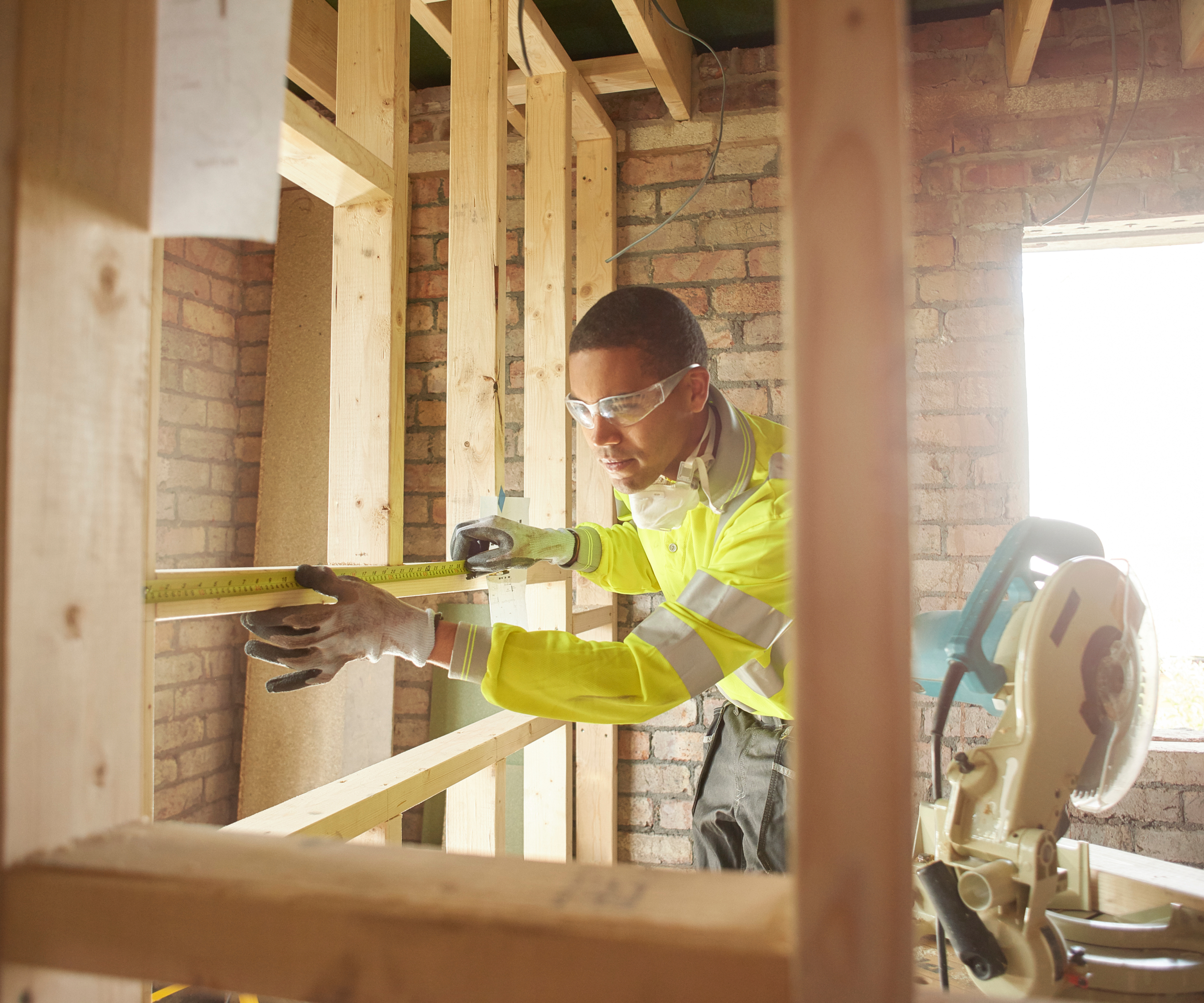
3. What can you add or change?
Layout changes decided, you can then start looking at some of the other fixtures and fittings to see what you want to keep and what you can change. Getting the fundamentals right will give you an easier canvas to work with when it comes to the finishing touches.
As a starting point, take a look at the following, all of which can be upgraded or altered to create a characterful home that works for you:
- Internal and external doors: Consider switching these for a more modern style if yours are dated. I swapped my white half glazed uPVC front door for a more contemporary grey composite front door and it made such a difference. Inside, I switched the standard panelled internal doors for a modern style, and out went the brass hardware and in came brushed steel instead.
- Windows: If new window costs are too prohibitive or the double glazed white uPVC units still have some life left in them, you may, like me, be comfortable to leave them. If not, think of changing your window frame colour to a more modern shade. Or, you could look at window shutter costs for the inside to alter your internal view of them. I used white wooden venetian blinds which achieved a similar result for a lower price, but still let me enjoy the external views.
- Staircase: Although I wanted to replace my wooden staircase with a modern glass and stainless steel one, my budget didn't stretch to new staircase costs. Instead, painting the stairs was the next best option, and in doing so it helped create a light and airy hallway which welcomed us home each day.
- Kitchen: In keeping with the age of my new build, there was a very traditional wooden kitchen with old appliances and a fair amount of wasted space. What you choose to replace it with will naturally come down to personal taste, but there's certainly no better way to add character to a new build than making sure the heart of your home beats to your rhythm. Think of room shape and dimensions and let your personality run free.
- Bathrooms: As with kitchens, there's such a wide range of modern bathroom ideas available, you certainly won't struggle to replace it with one that's oozing with character. From small ensuites to wet rooms, choose fixtures and fittings in keeping with you.
- Heating: Think about the different types of radiators you can buy and if there are better options for heating your new build that will add character. Could you add in a log burner or a bioethanol fire to replace an old fashioned electric fireplace? All of these changes will help your home to grow in character and style.
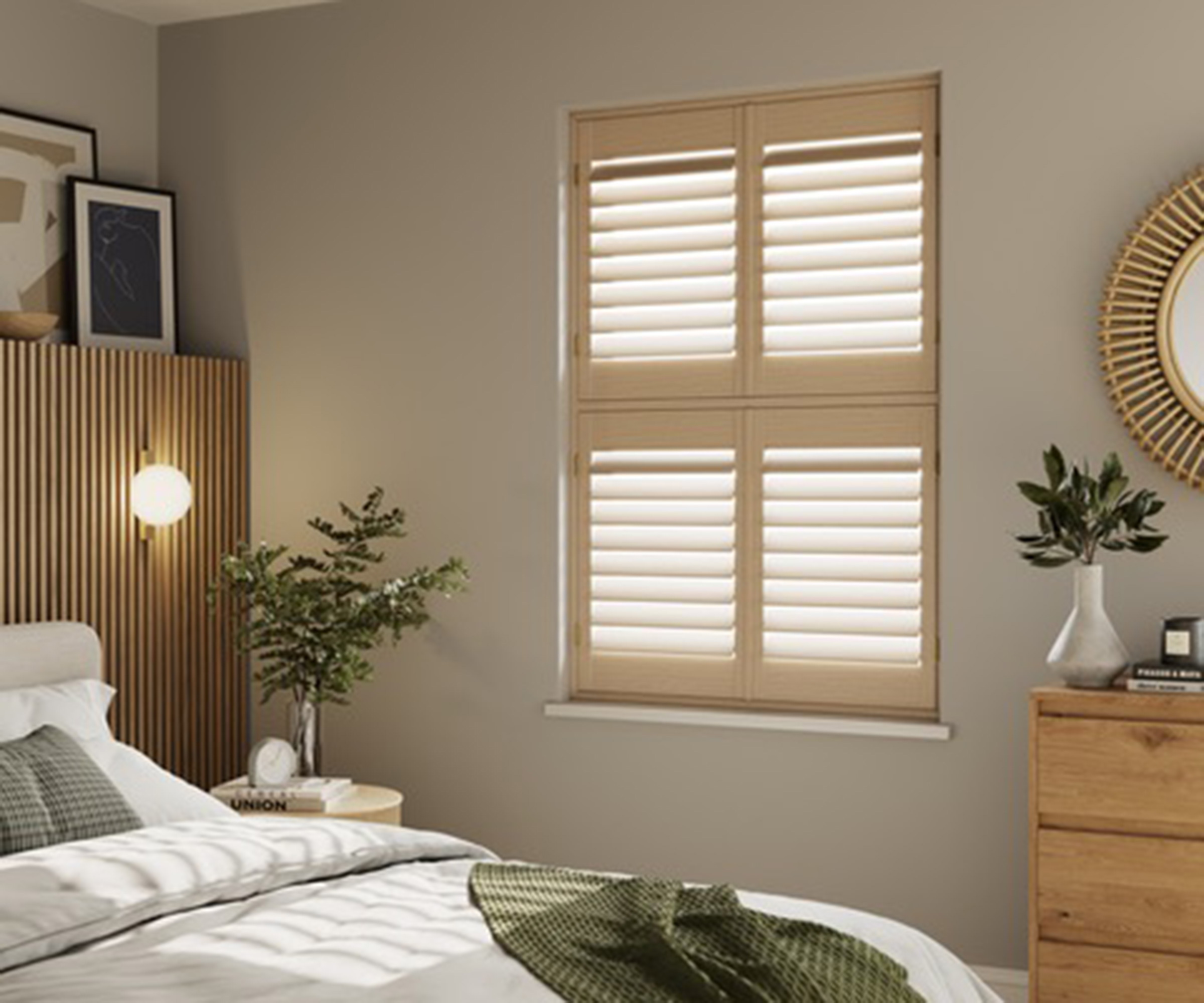
My favourite picks for adding character to a new build
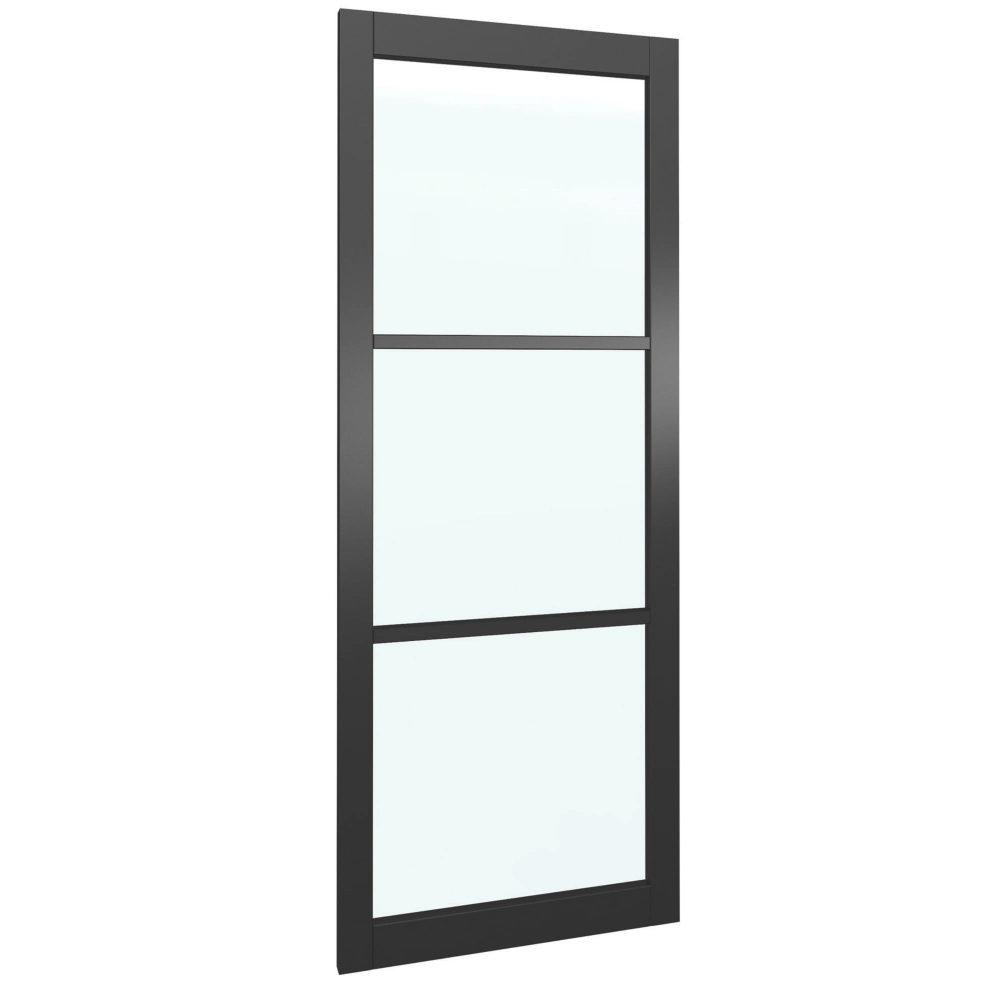
Add light and character to your new build with new internal doors such as this in modern black with glazed panels
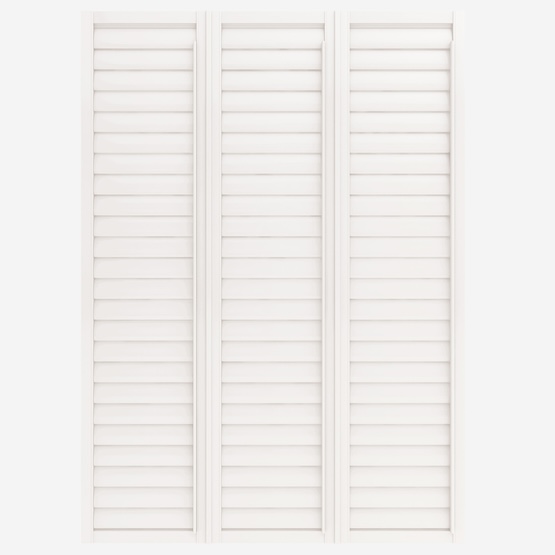
You can fit new window shutters yourself to save costs and hide your white uPVC glazing
4. Use your flooring to add character from ground level up
When trying to add character to your new build, another key factor is getting your flooring choices right. As with the walls and ceilings, flooring will feature in every room and can really help influence the final look and feel.
The flooring you choose will depend on the overall look you are trying to create. I was personally aiming for a more contemporary feel, so replaced old beige coloured carpets with a light grey textured carpet in the living room, study, stairs and bedrooms. Yellow wooden laminate flooring in the kitchen and dining space was replaced with a light grey engineered wood flooring, that I also extended into the hallway.
And, while choosing the same flooring throughout isn't always everyone's choice, it work well in new builds, agrees Adam Robertson, managing director at Urbane Living.
"Running the same timber flooring throughout your new build, rather than switching between different floor types in different rooms, creates a sense of flow and sophistication," he says. "It's a simple change that makes the entire property feel more cohesive and intentional, elevating it beyond the standard new build aesthetic into something that truly feels like home.
"I always encourage clients to think about tone as well when selecting flooring for a new build," he adds. "Warmer browns or grey-browns, feel contemporary and sophisticated without being too stark or cold. They work beautifully in new builds because they add warmth and character while still maintaining that clean, modern look.
"Texture is equally important," says Adam, "as opting for a brushed or hand-scraped finish rather than a perfectly smooth surface adds tactile interest and a lived-in quality that new builds typically lack. A matt lacquer or natural oil finish will also feel more authentic and less builder-grade than high-gloss option."
"One of my top recommendations is to consider wider planks," adds Ian Tomlinson, managing director of Chaunceys Timber Flooring. "Opting for generous, extra-wide planks immediately creates a more bespoke, high-end feel. These broader planks also have fewer joints across the floor, which creates a cleaner, more sophisticated look that makes rooms feel larger and more considered.
"Herringbone or chevron patterns are also wonderful for elevating a new build," says Ian. "These classic laying patterns have been used for centuries in period homes, and they bring an architectural quality that gives a timeless aesthetic. A herringbone floor in a new build dining room or hallway creates an immediate sense of heritage and craftsmanship, transforming a blank canvas into something that feels thoughtfully designed and more like a home."

Adam Robertson is the co-founder and managing director of Urbane Living, a specialist flooring company recognised for its expertise in parquet, bespoke carpets & runners. With a background in design and a strong eye for detail, Adam is passionate about helping clients create elegant interiors that stand the test of time. Under his leadership, Urbane Living has built a reputation for installing high quality flooring to prime residential properties, hotels and retail stores throughout UK and beyond.

Chaunceys Timber Flooring is a family-run company based in Bristol with Ian becoming the Managing Director in 2012. They have been supplying sustainable, high-quality timber flooring to homeowners, award-winning architects, design and build companies, and renowned interior designers since 1988.
5. Re-think your lighting scheme and how you control it
In the same way that ground level changes can really help add character to your new build, your lighting design can also transform your home, creating detail and definition that simply wasn't there before.
"New build homes often lack architectural character, and lighting is one of the most effective ways to inject personality into a bland room," states James Kendall, operations director at KES Lighting & Home.
"If you're faced with basic ceiling roses and single pendants, consider more decorative options instead, he suggests. "A vintage-inspired chandelier, an industrial-style pendant, or a contemporary linear light fixture immediately elevates the space and gives it a sense of identity.
"Wall lights are also particularly useful in new builds because they create visual interest on flat, featureless walls," adds James. "Sconces with decorative backplates or statement shades add texture and depth, breaking up expanses of plain plaster. If your new build has a low ceiling, flush or semi-flush fittings with interesting designs prevent the room from feeling compressed while still making a style statement."

As standard, think about layers of lighting and how you will use the room, suggests Simon Wallis-Smith, director at Fritz Fryer Lighting.
"There are the usual principles; task lighting, mood lighting, accent lighting, they all play their part. But don’t just think in terms of downlights and pendants," he says.
"One of my favourite ways to add atmosphere is to incorporate lots of lamps on a 5-amp ring circuit," he explains. "This means you can control multiple table and floor lamps from a single wall switch, letting you use soft lamp light as part of your everyday scheme, not just something you switch on occasionally.
"The most successful lighting schemes are based on how you actually use the space," he adds, so think about your layout first and then finalise your lighting. "Lighting isn’t just about visibility, it’s about creating atmosphere and character,' says Simon. "Done well, your lighting scheme can bring depth, drama and personality into every corner of your home. It’s the difference between a space that simply works, and one that truly feels like home."
Make sure you also choose the right lighting temperature too, adds Simon. "For most residential settings, a warm white (around 2400K) gives you that cosy, inviting glow that makes a house feel like a home. Cooler temperatures might suit home offices or bathrooms, but too much of it in a living space can feel stark and unwelcoming."
And, if you only make minor changes to your lighting, make sure you do one thing regarding how you control your lights – add dimmer switches wherever you can. It's a simple change, but one that instantly gives you the power to alter the mood and character to you home.
"it's a small change that makes an enormous difference, allowing you to control ambience and add sophistication to even the most basic new build space," agrees James.

As Operations Director at KES Lighting, James is perfectly placed to offer expert guidance on all aspects of home lighting. From dazzling crystal chandeliers and statement wall lights to designer lamps and elegant drop pendants, James and his knowledgeable team are always on hand to help customers find the perfect lighting for their individual project.

Simon and Karen Wallis-Smith bought Fritz Fryer in 2004. Since then, they have introduced modern collections to the antique business, while still holding true to the antique lighting styles that are at the heart of Fritz Fryer.
6. Dress your home with the colours and items you love
With the bones of your new build changes in place, the fun can really start when thinking of ways to add character to your interiors. The key to the best results? Don't be shy, says Emma Deterding. Just because it's a new build it doesn't mean it can't look exactly how you want it to.
"When it comes to decorating the interiors of a new build, it's important to come at it boldly to help add character and charm," says Emma. "Don't shy away from colour and pattern, as it's about filling your home with pieces you love, whilst still ensuring full functionality for day-to-day living."
And, just because your home may have a modern build date, it doesn't mean it can't reflect the character of a period you love, says Emma.
"There is no reason why new builds cannot house antiques if you use them in the right place by allowing them to be statement pieces," says Emma. "Avoid dressing them in a period style, but use them as statements throughout your home, creating points of interest.
"Strong fabrics on upholstery and the simple dressing of items of furniture is also another way to go. The hanging of pictures should also be very clean. Overall, it's important not to clutter the home, but choose timeless pieces in colours, prints and patterns you love throughout that will stand the test of time," she adds.
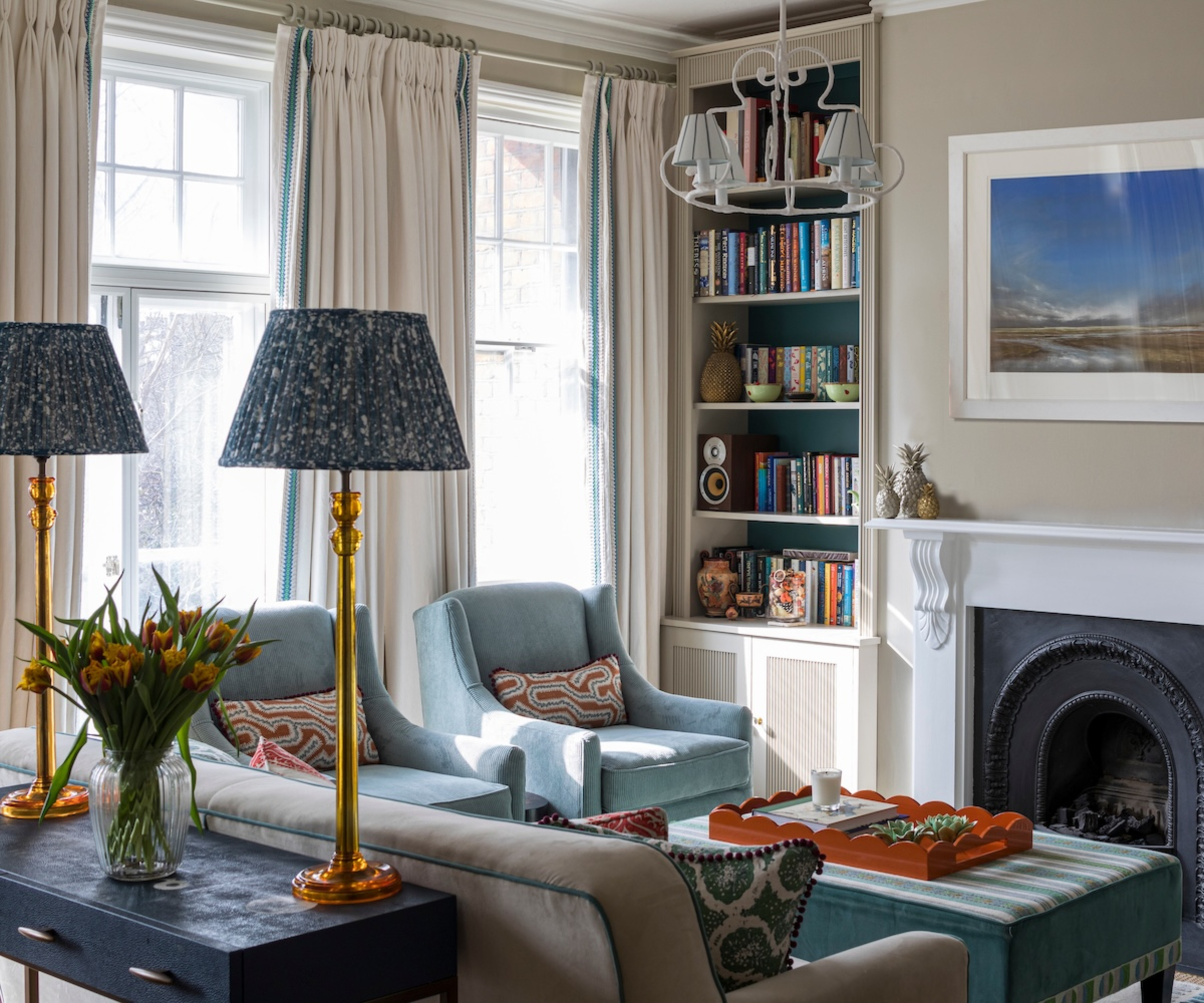
And, unless you are opting for a very clean and modern feel, in which case white or bolder colours may be your preferred starting point, for a more lived in feel, think carefully about your colours too," suggests Kate Palmer, creative director of The Painted Furniture Company.
"Slightly muted, time-worn colours are a simple but effective way to give a new build the warmth and character of an older home," says Kate. "Colours such as soft greys, faded blues, gentle greens or warm neutrals rather than stark, glossy tones will help to create a homely feel. You might also like to try pairing these shades with soft matte finishes or hand-painted cabinetry to add a subtle, handcrafted feel that makes rooms feel lived-in rather than brand new.
"Even small details, like painting doors, door frames or shelves in slightly different shades or layering a wash of colour over woodwork, can create richness and charm,' she adds. "The key sometimes is to embrace imperfection. A hint of distressing or variation in tone suggests history and personality, helping a fresh space feel like it has stories to tell."

Kate Palmer is the creative director at The Painted Furniture Company. With a background in fashion design and passion for colour and interiors, Kate has helped many customers to achieve the exact look they desired for their home.
Depending on the location of your new build, you may also be looking to add character to the exterior appearance of your home. As well as landscaping your garden in a way that matches your interior design, you can also consider external cladding ideas to change how your exterior walls look. Although it's worth noting that you'll need to check the details of your freehold before doing so, as some properties built on housing estates may have restrictive covenants in place that prevent certain external changes.
Likewise, when it comes to building a house extension or adding a loft conversion to a new build, you'll need to follow the same planning permission guidelines, and check if you are obliged to notify the original developer of the changes you are planning on making. It may sound unnecessary, but speaking from experience, it can sometimes be required, so make sure you check them thoroughly before staring to renovate your new build to add character.

Sarah is Homebuilding & Renovating’s Assistant Editor and joined the team in 2024. An established homes and interiors writer, Sarah has renovated and extended a number of properties, including a listing building and renovation project that featured on Grand Designs. Although she said she would never buy a listed property again, she has recently purchased a Grade II listed apartment. As it had already been professionally renovated, she has instead set her sights on tackling some changes to improve the building’s energy efficiency, as well as adding some personal touches to the interior.
